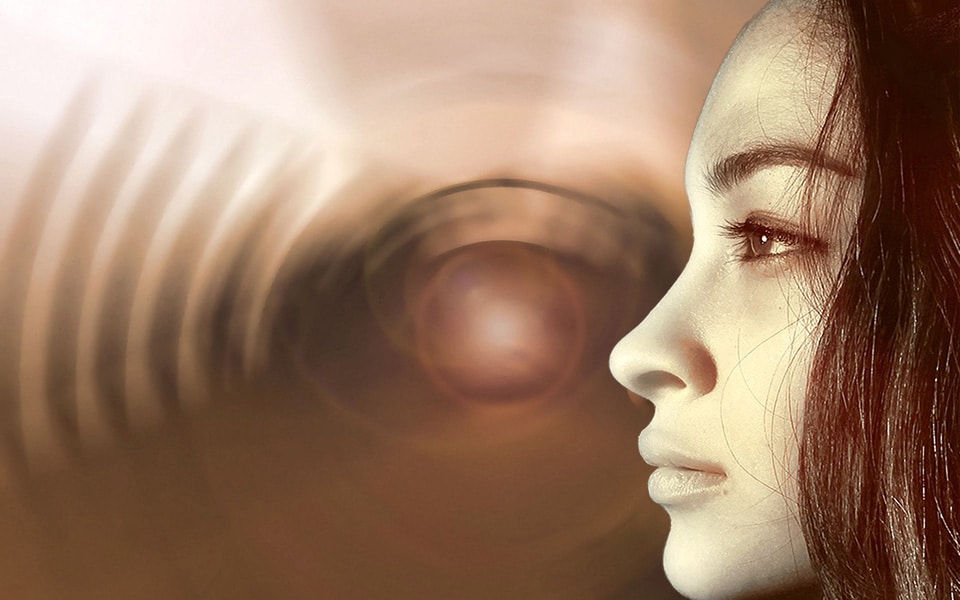A Glimpse into Consciousness Beyond Death
Near-death experiences (NDEs) have long fascinated humanity, captivating our imagination and sparking philosophical and spiritual discussions. Many experiencing NDEs describe encounters with a white light, visits from departed loved ones, and other extraordinary phenomena. Despite these experiences, mainstream science has held hesitation about whether such phenomena are “real.” Are these experiences merely products of an oxygen-deprived brain, or could they hold deeper truths about consciousness?
A recent study published in the Proceedings of the National Academy of Science (PNAS) from University of Michigan researchers, has unearthed intriguing evidence that sheds more light on the neural correlates of NDEs.
Led by Dr. Jimo Borjigin, a renowned researcher in the Department of Molecular & Integrative Physiology and the Department of Neurology, a team of scientists delved into the mysteries of NDEs. Building upon animal studies conducted in collaboration with Dr. George Mashour, the team sought to investigate whether there was a connection between consciousness and brain activity in the dying moments.
The researchers identified four patients who experienced cardiac arrest in a hospital setting while being monitored by electroencephalography (EEG). These patients were comatose and unresponsive, and ultimately, their families made the difficult decision to remove life support.
Remarkably, two of the patients displayed a surge in gamma wave activity, the fastest brain activity associated with consciousness, and an increase in heart rate following the removal of life support. The team observed this activity in the “hot zone” of neural correlates of consciousness, an area associated with dreaming, visual hallucinations in epilepsy, and altered states of consciousness.
It is worth noting that these two patients had a history of seizures but did not experience seizures in the hour before their deaths. On the other hand, the other two patients did not exhibit the same increase in heart rate or heightened brain activity.
Implications:
Given the limited sample size, the researchers caution against drawing definitive conclusions from these findings. Additionally, since the patients did not survive, it remains impossible to ascertain what they experienced during these moments of heightened brain activity.
Dr. Nusha Mihaylova, who collaborated with Dr. Borjigin on collecting EEG data from deceased patients under intensive care, underscores the need for larger, multi-center studies involving surviving patients who have undergone cardiac arrest and were monitored by EEG. Such studies could provide valuable insights into whether these bursts of gamma activity indeed point to hidden consciousness during near-death experiences.
The study’s findings, combined with research that has been conducted over decades with academic groups including the Department of Perceptual Studies (DOPS) at the University of Virginia, open up a new framework for understanding the potential existence of covert consciousness in dying humans. This study contributes to the ongoing exploration of the profound nature of human consciousness, bridging the gap between scientific inquiry and the mysteries surrounding NDEs.
The study’s investigation into the brain activity of dying patients during near-death experiences has sparked hope and fascination among researchers and the wider community alike. While the findings are preliminary and require further exploration, they serve as a significant stepping stone toward unraveling the enigma of consciousness beyond death. As science continues to delve into the mysteries of the human mind, studies like this one push the boundaries of our understanding and may one day provide answers to the profound questions surrounding life, death, and the nature of consciousness itself.

